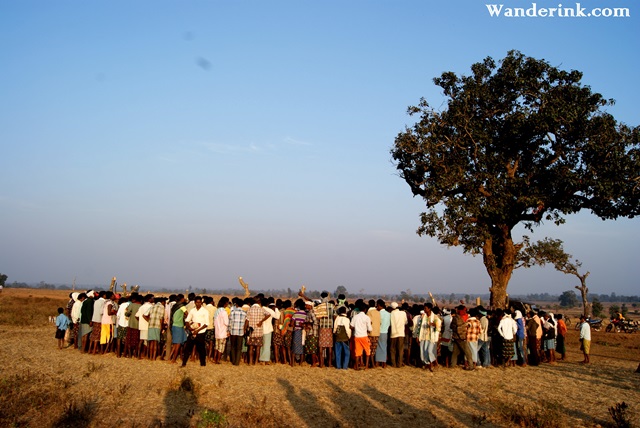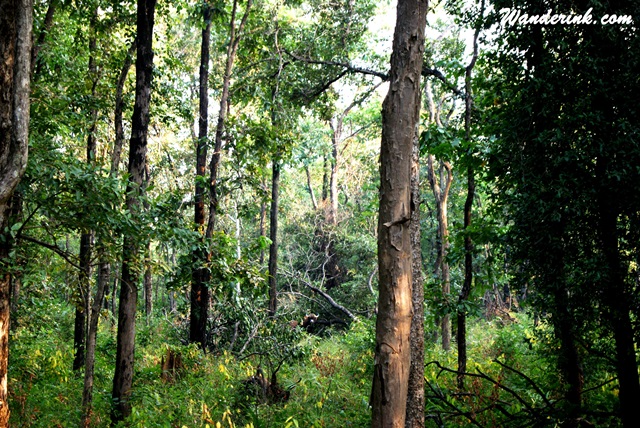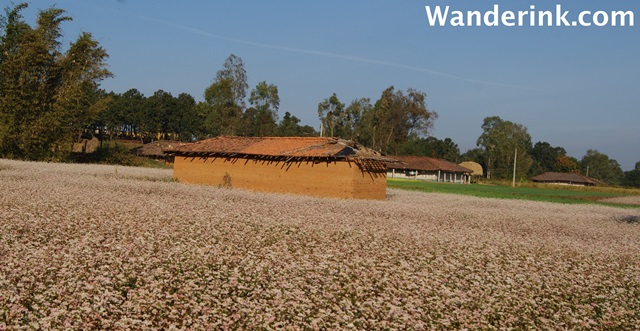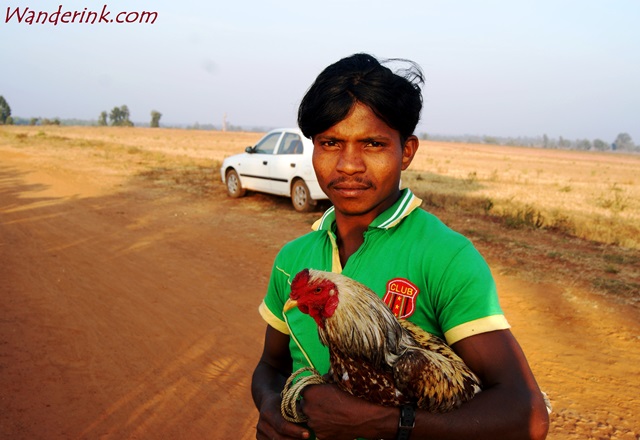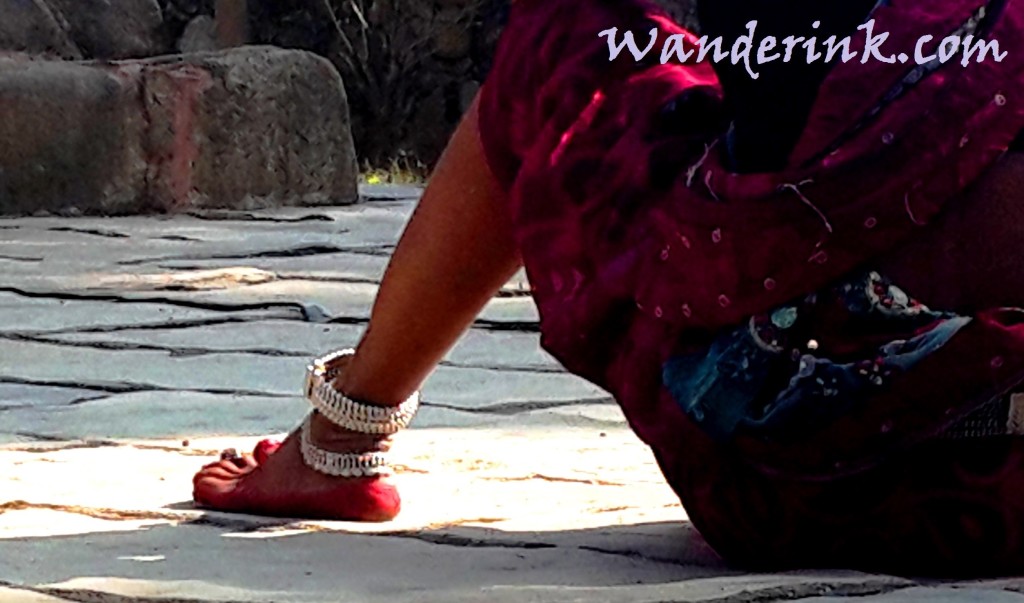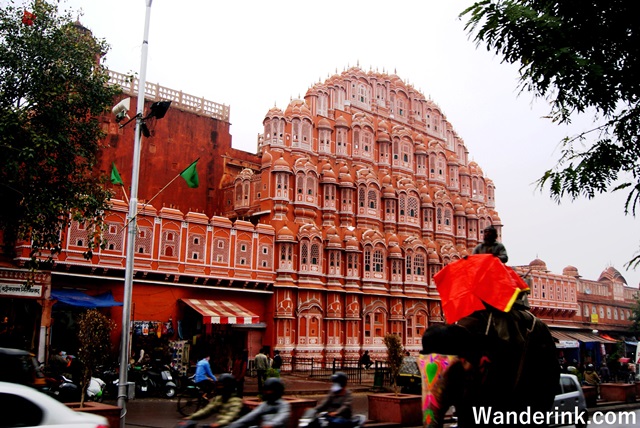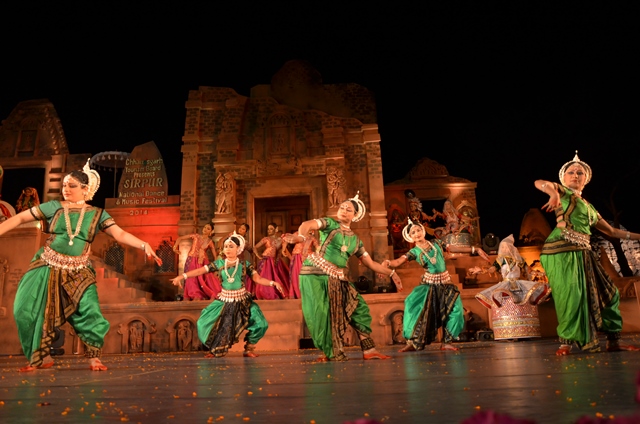Ghotuls have become tourism showpieces today. Not that they are any easily accessed but some can be seen in parts of Chhattisgarh’s remote north and in isolated corridors of Bastar down south. It is not as widespread as it was probably just a century ago. And it is facing challenges – from the ‘civic’ society and from sections of tribal communities; some have had to shut down in the wake of insurgent violence too. Many tour operators and hospitality providers throw in a ‘visit to a ghotul’ as the deal
*a market, especially held one held on a regular basis in rural areas The haat is also the tribal way of life, in a nutshell. Transactions in a haat during the olden days were as per the barter system and the wares were mostly forest produce like mahua bloom (used to make a local brew), red ants (for the local staple ‘chapra chutney’), tendu leaves (used to wrap around tobacco to make beedi), vegetables, dried fish, meat, wild fruits and honey. The villagers assembled at a particular place – preferably
Shiva* is the last man one would expect to patronise a blood sport like cockfight. He ponders over every question with intelligent, unblinking eyes, breaks easily into an amiable smile and frets conspicuously behind a shy exterior. Shiva is also an accomplished Dhokra artist. I had spent most of the morning and afternoon at his home in a remote village of Bastar in Chhattisgarh south. He took me through the different painstakingly time-consuming processes required by the art, patiently answered my questions and gracefully posed for photographs. Late afternoon his
Project Tiger has its takers and detractors. As much as I want to believe in its power to have rejuvenated wildcat numbers what I have seen on the ground makes me a sceptic. Rather, what I have not seen on the ground – the tiger itself. Sariska, Kanha, Corbett, Bandhavgarh and Barnawapara – all last year. And the Achanakmar so far this year. No Stripey crossed my path anywhere; not even a footprint. Nada! But according to reports, their numbers have gone up from around 1400 to over 2000. A
‘Mindfulness’ is one of the secrets of famed Tibetan longevity. This means to spend time ‘in the moment’ and not worry about the past or the future. Living in the here and the now. Mindfulness helps optimise the different senses; the focus is on what one is seeing, hearing, smelling, touching or tasting at any time. This ‘immersion’ has been known to reduce stress vastly – which in turn adds to the years. Mindfulness takes dedicated practice in preferably quiet surroundings with a salubrious climate. The Tibetan Monastery in Mainpat
Great landscapes make amazing photographs but people make long-lasting memories. They capture that moment in our journey – of unexpected warmth, curiosities answered, concerns voiced and insights shared. By giving us an opinion, showing us the shorter route or letting us in on a local lore, they open up a whole new world to us. A world we would otherwise just scythe through remotely, quickly, by dint of being the travellers that we are. They become fodder for great reminiscences sometimes just by serving some very immediate and pragmatic purposes.
I followed the nayika around Bhoramdeo Temple. ‘Nayika’ literally means ‘heroine.’ Traditionally she is heartrendingly beautiful, epitomises female grace and sensuality. In sculptural art she is marked by alluring embonpoint – full bosom and rounded thighs. She is also heavily ornamented – sports large earrings, thick necklaces and anklets – adding to her seductiveness. Nobody fires up the imagination of the traveller or the sculptor like a nayika. At Bhoramdeo she is everywhere. I saw her on the niches and nooks of the temple wall alright. Everybody does. Then I
“Do I want to see what?” I asked Soumik Dey of Chhattisgarh Tourism Board when we were charting my itinerary into the south of Chhattisgarh. It was not that I didn’t hear him say the ‘Stonehenge of India’ but never one for epithets – after all, piggybacking can take you only so far – the question was reflex and rhetoric in equal part. I told him that I’d rather spend more time gazing at the Tandula Canal from the colonial era guesthouse by its banks at Balod where I would
Here’s putting the final brakes on the controversial cycle rickshaw rides that were going for thousands of rupees: the best way to take in Jaipur – the heritage part of it, famously, albeit a bit confusingly called the ‘Pink City’ – is by foot. Going around Jaipur is like gadding about in a time machine. Medieval and modern coexist within a chaupar (a ‘junction’ or ‘square’) from each other. Sometimes even within each other like the Jaguar prowling about the City Palace courtyard, taking a Hollywood star around, guests of the royalty now democratically
We have all been enthralled by talented soloists, dancers and ensemble performers who wove around us magical realms from myths and epics and immersed us in engrossing folkloric tales with narrative mastery. Their sublime gifts have left us in teary-eyed rapture, transported us into higher planes of existence itself. After an hour or few we are jolted awake abruptly from the sensory-awe, ruthlessly pushed off the flying carpet into the mundane of the everyday world around us. Literal curtains to the magic. We hit harsh reality with breakneck speed. After




